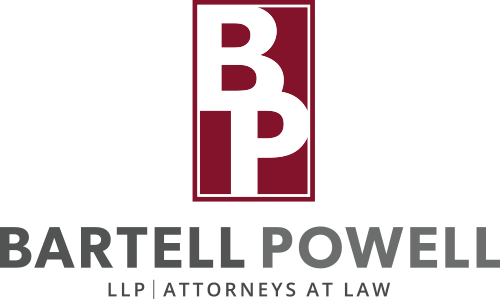A recent update from Iowa Sate University Extension (“Evaluating Your Estate Plan: Forms of Property Ownership“) pointed out that, “One of the major goals of any estate plan is to distribute or dispose of property after death. To make decisions in this regard, it is important to understand classifications of property as well as the various ways that property can be owned. How property is transferred upon death may be dictated by the method of ownership. In particular, when property is co-owned by two or more people, the method of co-ownership may determine who eventually owns the property.”
The Extension item noted that, “Real property includes land as well as whatever is built upon the land or attached to the land. This may include buildings, fences and subsurface tiling. Mineral rights may also be a consideration in regard to real property.
“Personal property may be either tangible or intangible. Tangible personal property includes anything that can be touched – from household goods, jewelry and clothing, to livestock, machinery, stored grain, vehicles and inventory items. Intangible personal property includes assets such as bank or brokerage accounts, stocks, bonds and insurance policies. These intangible properties may be represented by a piece of paper, but the actual property is intangible.”
The update discussed methods of property ownership in greater detail, highlighting: Fee Simple Ownership of Real Property, Tenancy in Common, Joint Tenancy, Tenancy by the Entirety, and Life Estates.
A PDF copy of the Iowa State update is available here.

